Maxwell Museum Blog
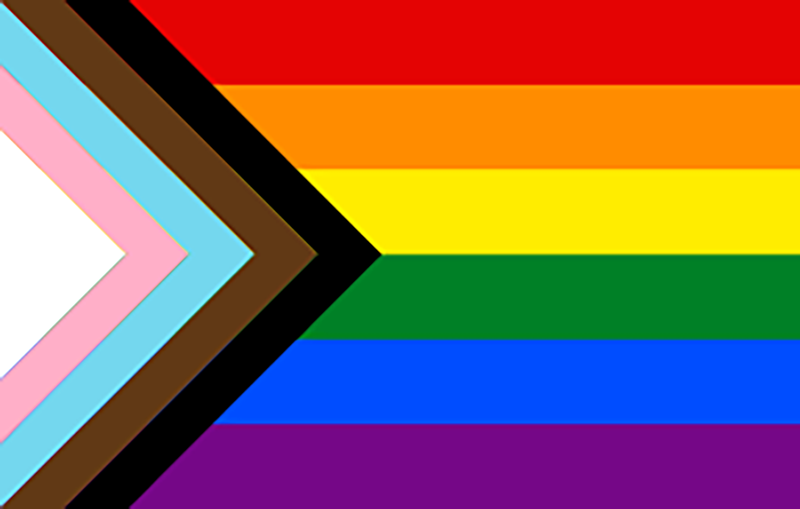
To commemorate pride month, and to express our support for the LGBTQ+ community, throughout the month, the Maxwell Museum of Anthropology will be posting relevant blog posts written by scholars and curators that tell related stories, as they are to be found embedded in our collections.
Histories, cultures and stories of the LGBTQ+ communities and historic antecedents are often hard to find in museum collections, and museums themselves have often been guilty of ignoring, erasing or obscuring them. The Maxwell Museum of Anthropology is committed to recovering and highlighting these stories, communities and individuals, and the blogs we will post throughout the month are part of fulfilling that commitment, and celebrating the immense contributions of LGBTQ+ people to the human story.
Please celebrate Pride Month with us, and offer us feedback at maxwell@unm.edu.
------------------------------------------------------------------------------------------------------------------------------------------------
I. QUEER ANTHROPOLOGY (by Devorah Romanek)
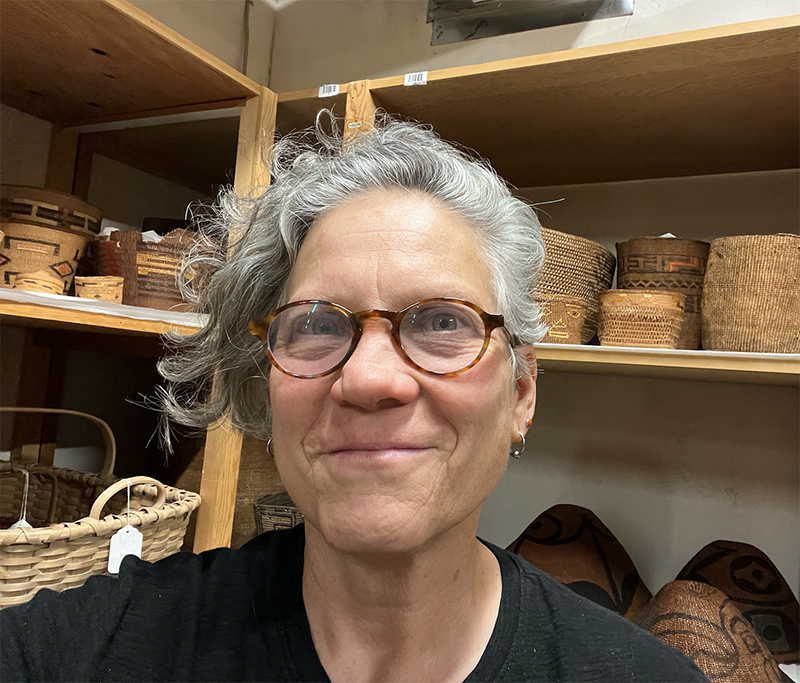
Blog Author, Devorah Romanek, Maxwell Museum of Anthropology Curator of Exhibits and Head of Interpretation, and Queer Anthropologist. (Courtesy the Author)
Anthropology, right along with museums, or really hand-in-hand with museums, has also been guilty of ignoring, erasing, distorting or obscuring LGBTQ+ histories, cultures, and stories.
Anthropology is the study of humans through time, and has four subfields:archaeology, bioanthropology, linguistic anthropology, and social-cultural anthropology. Gender and sexual variation have been a constant in human existence, expressed variably through time and cultural context. However, the discipline of anthropology has been, until fairly recently, unwilling to acknowledge this fact. Even today, the willingness to acknowledge gender and sexual variation beyond the heteronormative two genders (male and female), and one sexuality (heterosexual)—or to correct the anthropological record on that score—has not been overwhelming.
With this blog post, I first offer a small summary of some notable people in the field of anthropology who have been or are outside the heteronormative vein, and, second, introduce you to the study of what is currently called “queer anthropology.”
For a quick definition of queer anthropology, and the use of the term “queer” as found on the online anthroencyclopedia:
“Once a slur, the term ‘queer’ now is used to critique restrictive, dominant norms of respectable conduct and to recast sexual and gender variations in positive terms. With roots in twentieth-century anthropological studies of sex and gender, queer anthropology is also part of interdisciplinary scholarship on queer existence that defines sex and gender as key axes for the distribution of status, resources, membership, and value in a society. The aim is not to describe gay, lesbian, bisexual or transgender (LGBTQ) life in universal terms. Rather, ethnographies emphasize the different forms that queer existence takes. Queer anthropology explains the conditions that shape queer life, such as cultural understandings of sexuality, legacies of colonial regimes, or global flows of popular culture. This entry explores four foci that characterize queer anthropology: language, especially categories of identity; varying forms of transgender roles; a geographic emphasis on the United States; and the relation of local sex/gender diversity to the global expanse of Western forms of lesbian and gay identity.”
Broadly speaking, anthropology as we know it was founded in the 18th century but became an important area of study in the 19th century, coming to prominence in the age of growing empire building and colonialism. Some of the anthropologists of this general era, particularly the late 19th and early 20th century were what we would now call “queer.”
Johann Joachim Winckelmann was a German 18th century Historian and Art Historian, and one of the founders of scientific archaeology. Winckelman was openly homosexual, and homoeroticism informs his writings on aesthetics.
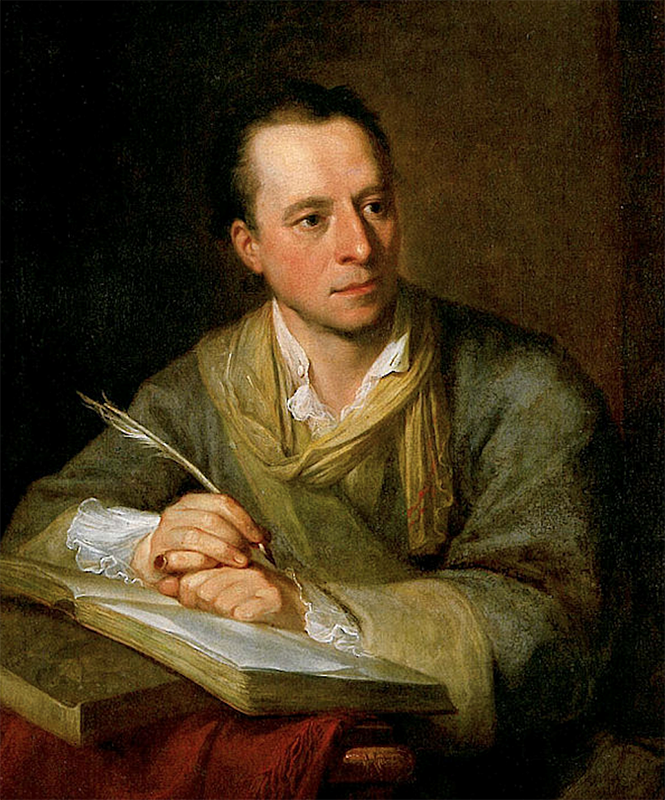
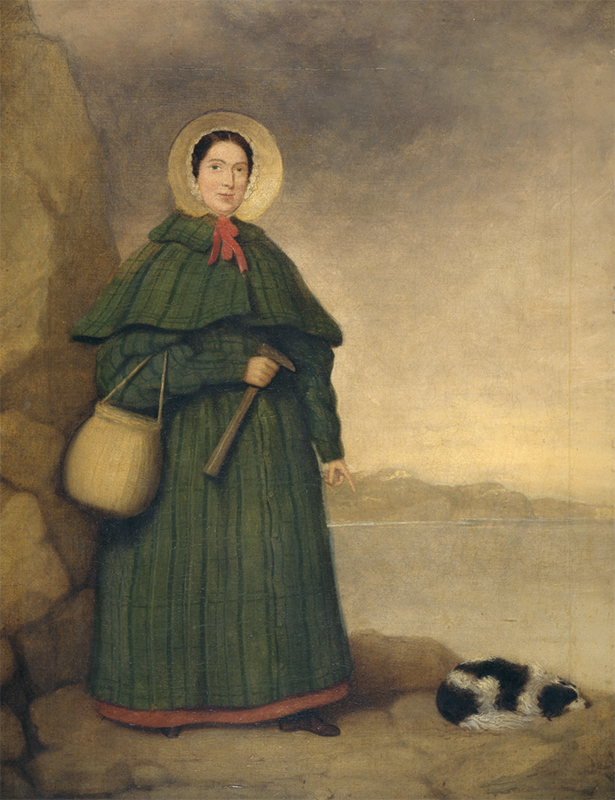
Baron Franz Nopcsa von Felső-Szilvás was a late 19th and early 20th century archaeologist, anthropologist, geologist and adventurer, and one of the founders of paleobiology, which uses current biota and fossils to answer questions about the evolutionary history of life. He is particularly known for his study of dinosaurs, as well as for his studies on insular dwarfism. Additionally, he was a specialist in Albanian studies, and it was during these studies that Nopcsa met Bajazid Elmaz Doda, an Albanian who became his lover.
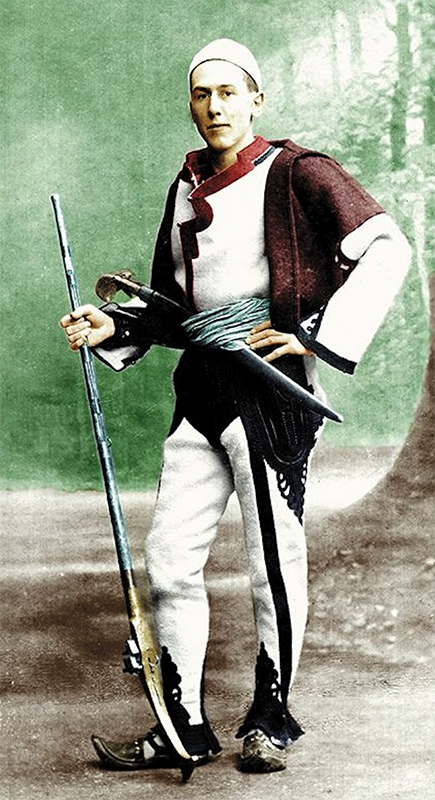
Bajazid Elmaz Doda is known as an ethnographic writer and photographer in his own right. After 2 years as Nopcsa’s assistant and lover, Nopsca murdered him and then committed suicide.
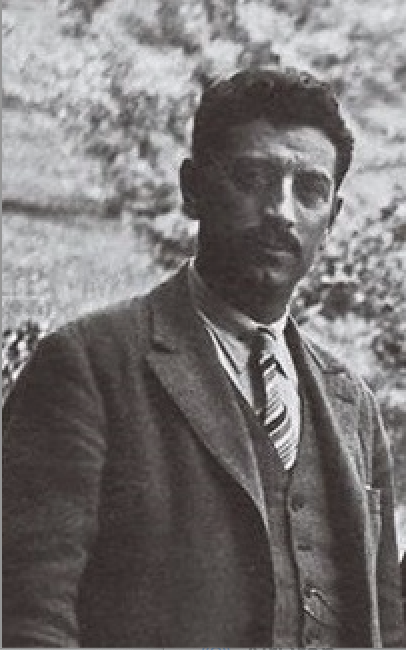
Ruth Benedict. In the 20th century, two of the most well-known American anthropologists were women, and lesbians, Ruth Benedict and Margaret Meade, and they too were involved with each other. Benedict went to Vassar and subsequently studied anthropology at the New School of Social Research, studying under Elsie Clews Parsons. She next took up graduate studies at Columbia in 1921, studying under Franz Boas, and ultimately receiving her PhD and joining the faculty at Columbia. Benedict did field research in the American southwest and Canada, studying Indigenous cultures, as well as writing about cultural relativity and abnormality, and arguing that homosexuality was not a disease.
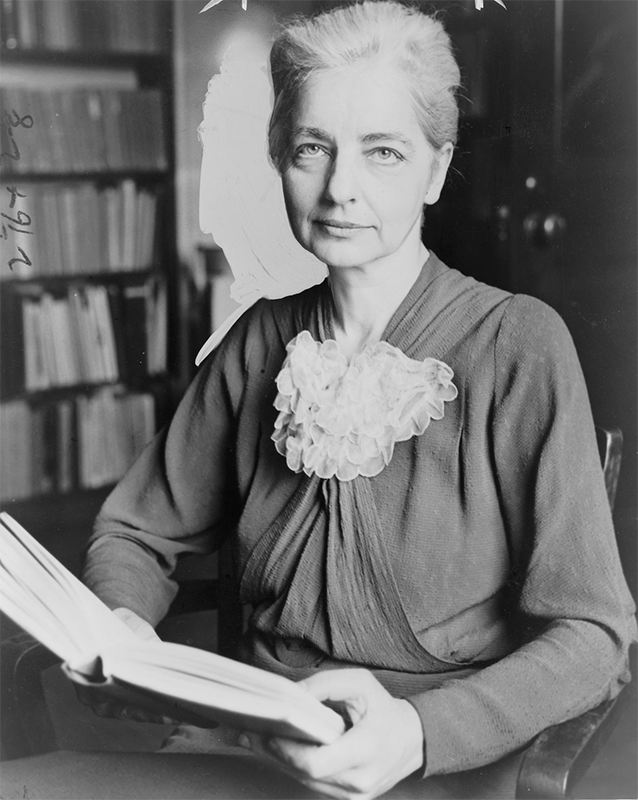
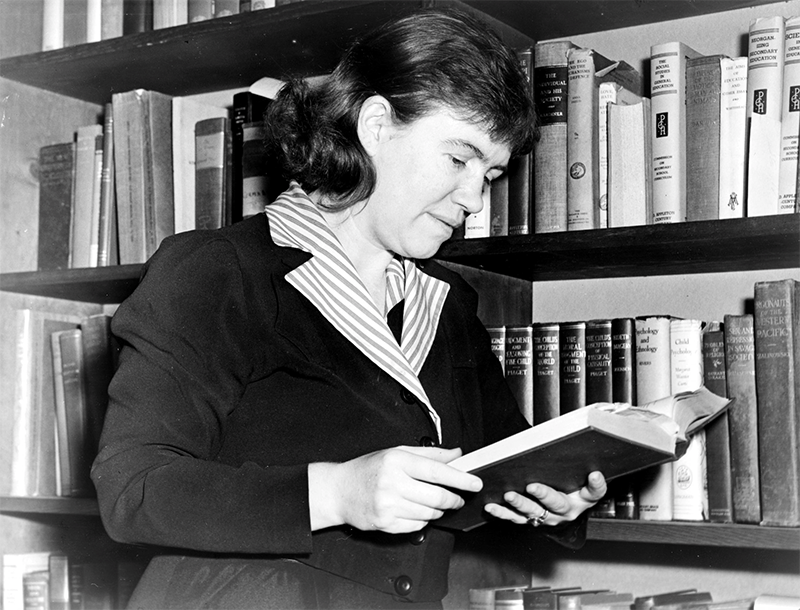
This is just a selection of the known queer anthropologists who have contributed to and formed the field of anthropology, their own identities, hidden or not, informing their work and the broader field.
Queer Anthropology
The development of “Queer Anthropology,” along with “Queer Theory” began in the 1980s, with the foundational works of the queer American anthropologists Esther Newton and Eve Kosofsky Sedgwick.
Esther Newton conducted Studies that look at lesbian and gay anthropology, history, and human rights, and is known for her essay “The Mythic Mannish Lesbian: Radclyffe Hall and the New Woman,” among others.
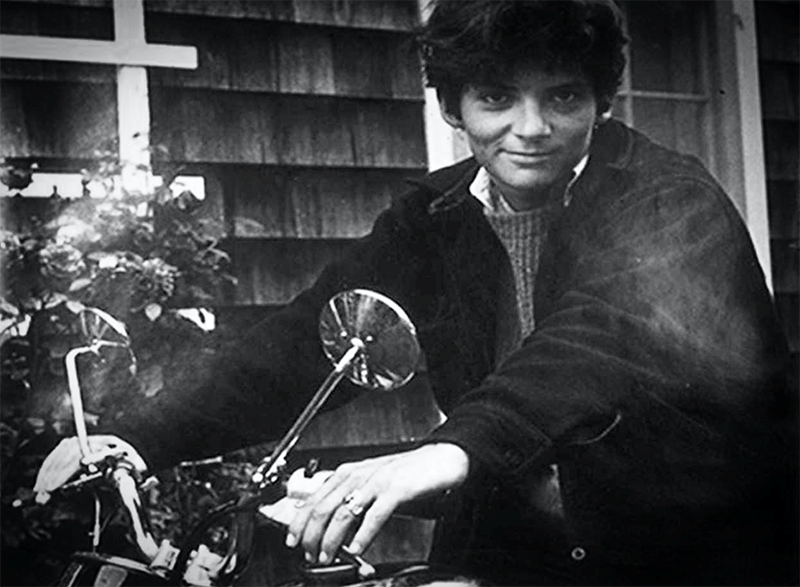
Eve Kosofsky Sedgwick, with her many queer oriented writings, helped establish Queer Studies as an academic discipline. Her work, which included the discipline of anthropology, ranged across many areas of study and also included literary studies, history, art history, film studies, philosophy, cultural studies, women's studies and lesbian, gay, bisexual, transgender and intersex (LGBTI) studies.
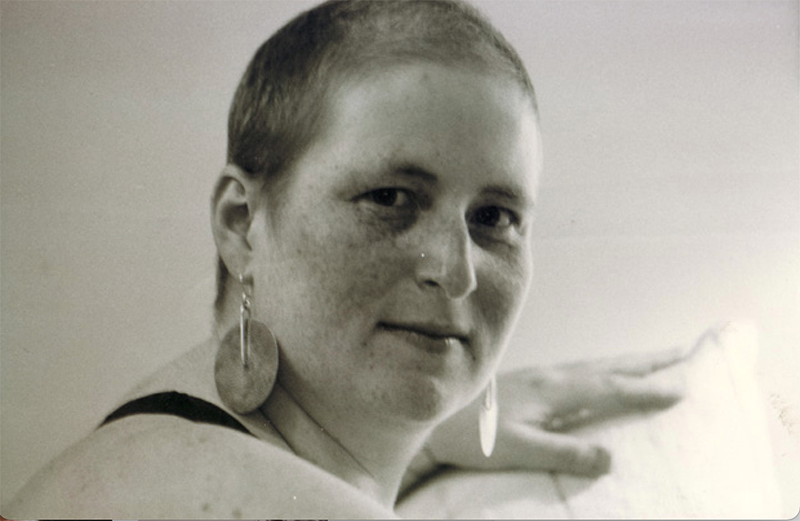
Also of note, is Gayle Rubin, another queer American cultural anthropologist. Her 1984 essay “Thinking Sex” had a significant impact on the study of sexuality and gender.
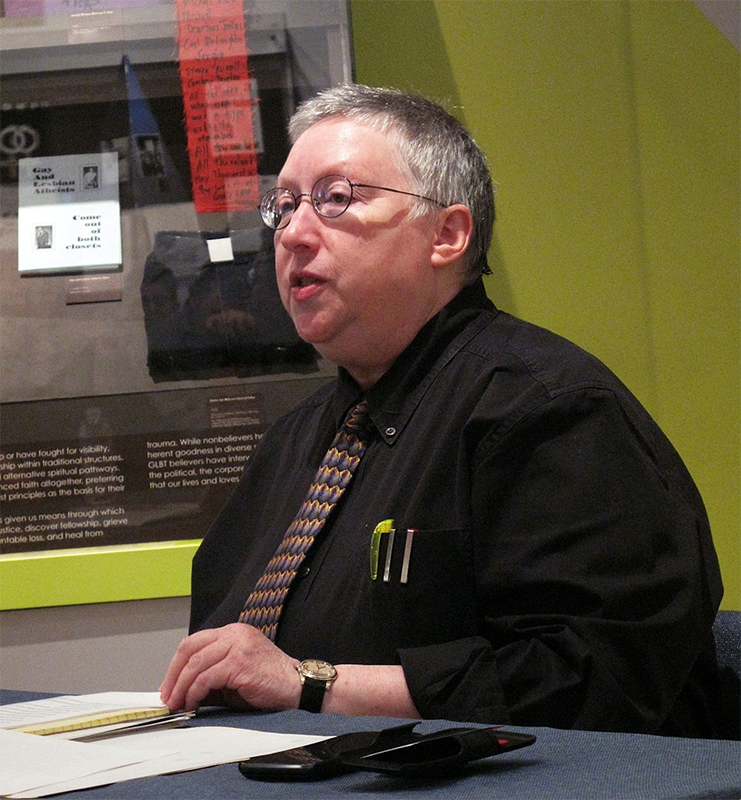
In 1988, as a result of these various developments, and those who, with their work and their lives, countered the heteronormative dominance of the field and study of anthropology, the Association for Queer Anthropology (AQA), formerly known as the Society of Lesbian and Gay Anthropologists (SOLGA), a section of the American Anthropological Association, was founded.
The AQA
“… serves the interests of lesbian, gay, bisexual, transgender and other queer and allied anthropologists in the American Anthropological Association. AQA promotes anthropological research and education on homosexuality, bisexuality, transgender/transsexuality, and other sexual and gender identities and expressions, and their intersections with race, class, disability, nationality, colonialism and globalization.”
There are other organizations and individuals who continue to further this study, and render LGBTQ+ concerns, practices, communities, histories, individuals and stories visible and accessible in the field of anthropology. If you are interested to learn more, please see the links at the end of this post, and thanks for celebrating Pride with me and with the Maxwell Museum of Anthropology.
Image credits
- Johann Joachim Winckelman (1764), by Angelica Kauffman. (Public Domain)
- Mary Anning (before 1842), by Angelica Kauffman. (Public Domain)
- Baron Franz Nopcsa von Felső-Szilvás (1913), by Carl Pietzner. (Public Domain)
- Bajazid Elmaz Doda (1931), photographer unknown. (Public Domain)
- Ruth Benedict (1937), by World Telegram Staff Photographer. (Library of Congress, https://loc.gov/pictures/resource/cph.3c14649/)
- Margaret Mead (1950), by Edward Lynch, World-Telegram staff photographer. (Library of Congress, https://www.loc.gov/pictures/item/98503240/)
- Esther Newton (1967), by Nancy Rae Smith.(from the book “My Butch Career: A Memoir”)
- Eve Kosofsky Sedgwick (ca 1980s), by unknown photographer.( https://evekosofskysedgwick.net)
- Gayle Rubin speaking at the GLBT History Museum in San Francisco (2012), by Gerard Koskovich.( CC BY 3.0)
Links:

